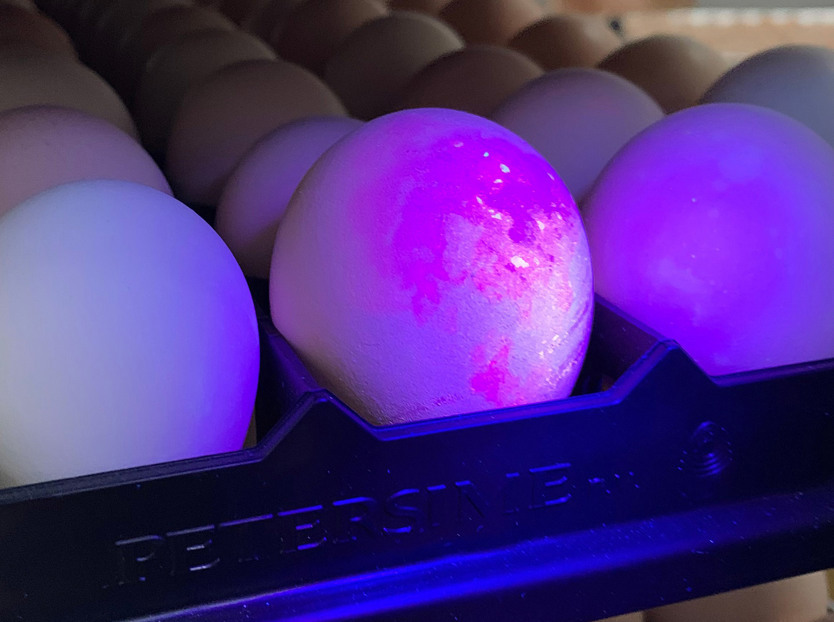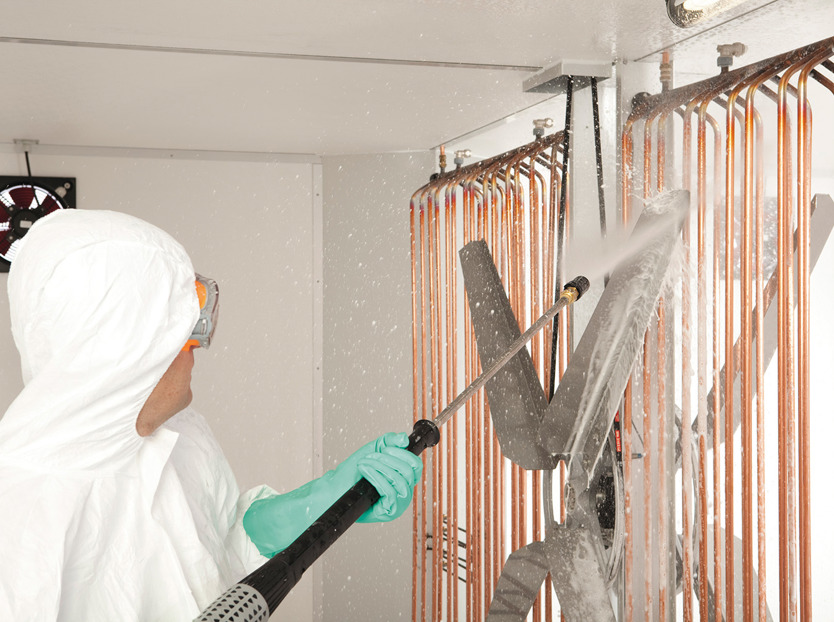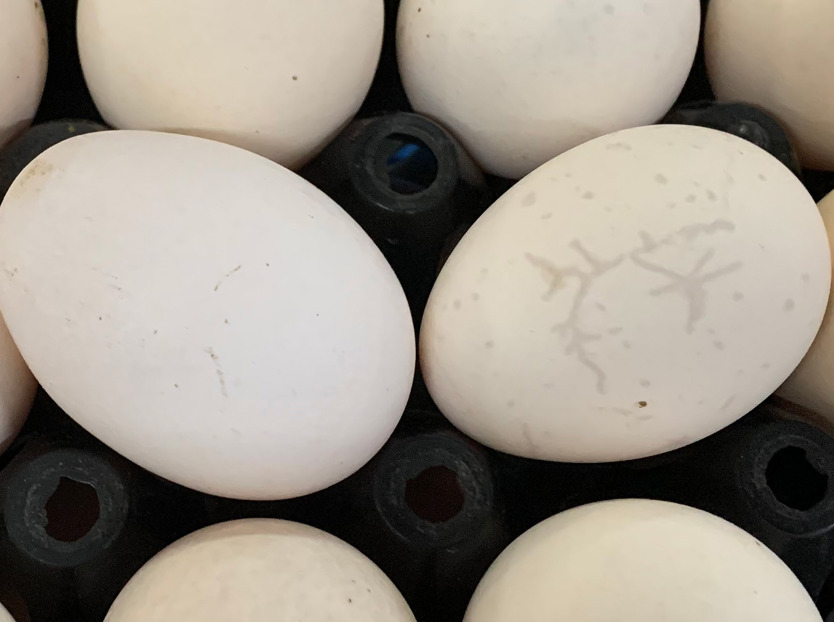Microbial contamination of hatching eggs is a main concern of hatcheries as it causes decreased hatchability, poor chick quality, growth and performance. It is evident that high standards of hygiene must be practised in all areas of the hatchery, but also the importance of incoming egg disinfection is undoubtable. One of the most effective ways to disinfect incoming eggs is fumigation.
Why is hatching egg disinfection so important?
A critical control point in hatchery hygiene is the disinfection of incoming hatching eggs. Its aim is to reduce the entrance of pathogens into the hatchery and, as such, minimize the adverse effect of pathogens on the hatchery’s results. After being laid, hatching eggs are constantly exposed to contaminants such as bacteria, viruses, yeasts and moulds. It is crucial to destroy these microorganisms while they are still on the eggshell. Once the harmful organisms gain entry to the egg, they are protected from any disinfectant. Ideally, eggs are disinfected at the breeder farm soon after they are laid, and again on arrival at the hatchery.

Fumigation: common practices
Proper egg disinfection is key to reaching good hatchability and producing high-quality chicks. Fumigation is one of the most effective ways to disinfect hatching eggs. Here is some key advice on fumigation based on many visits in hatcheries around the world:
- It is recommended to fumigate as soon as possible after arrival at the hatchery. This way, you reduce the risk of carrying contaminants into the building.
- Fumigation can be done by using different types of disinfectant. Fumigation products can be sprayed, fogged or turned into gas. Observe local legislation to know which products are permitted. Be sure to follow the safety guidelines of the product and of the fumigation equipment. Take proper precautions to protect hatchery staff.
- Always follow the manufacturer’s recommendations to ensure the concentration of disinfectant is appropriate, the working time is correct, and temperature and humidity are correct for maximum efficacy.
- Do not try to fumigate eggs with dirty eggshells: The disinfectant will not sanitize underneath the dirt.
- Allow good airflow and make sure the eggs are well separated so that the disinfectant can work its way through to all the eggs.
- Proper maintenance of the fumigation equipment plays a crucial role in achieving an optimal and safe fumigation process.
- It is good to yearly evaluate fumigation efficacy: Microbial swabs can be taken before and after the process so that the fumigation efficacy can be evaluated.
- Preferably the whole fumigation process (from start to finish) can be automated so full control of product consumption, air extraction time and safety for personnel can be guaranteed.
Controlled fumigation for maximum disinfection results
It is important only to use fumigation solutions labelled effective and safe for hatchery personnel. That’s why Petersime has developed a dedicated machine for the optimal disinfection of hatching eggs, the X-Streamer™ Fumi-Gateway. The machine automatically delivers the different steps required for proper egg fumigation, guaranteeing a controlled and traceable process.
Egg trolleys are positioned inside the machine that is equipped with heating devices or stainless-steel nozzles to safely heat or spray disinfectant. The cabinet is completely sealed and the pressure inside is lower than the pressure outside. This way, the fumigation product cannot escape from the machine. The central air mixing system ensures a homogeneous air distribution through the egg mass, guaranteeing that the fumigation product is evenly spread inside the machine. After fumigation is completed, the machine refreshes the air several times to ensure total venting of disinfectant before the cabinet is opened. This optimal air refreshment is possible thanks to the compact machine size and the strong ventilation capacity. Hence, it is 100% safe for the staff when unloading the machine.
What is more, the machine has front and rear doors, enabling easy egg unloading from the rear of the machine so truck drivers don’t have to enter the hatchery, which creates an additional biosecurity barrier.

In summary
Hygiene plays a fundamental role in the production efficiency and food safety of the poultry value chain. Hatchery sanitation depends on three key pillars: a well-designed hatchery, protocols to prevent pathogens from entering the hatchery, and protocols to reduce the spread of pathogens inside the hatchery (i.e. cleaning and disinfection). Fumigation is an effective method for hatching egg disinfection. It is however important to apply the process in a strict way, with utmost precautions for the safety of hatchery operators.
Petersime is happy to help you in learning more about fumigation and other best practices in the hatchery. The topic is covered in our advanced training programmes. Please don’t hesitate to contact us for more information.





